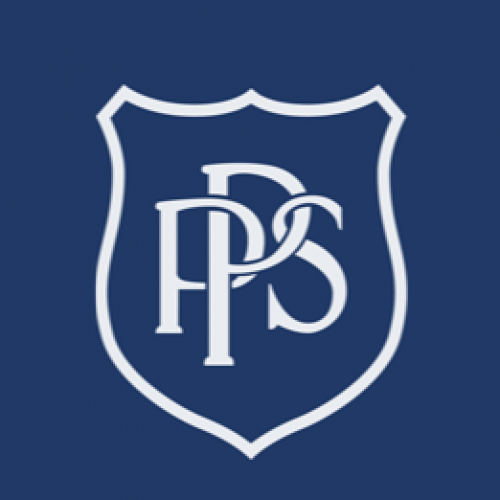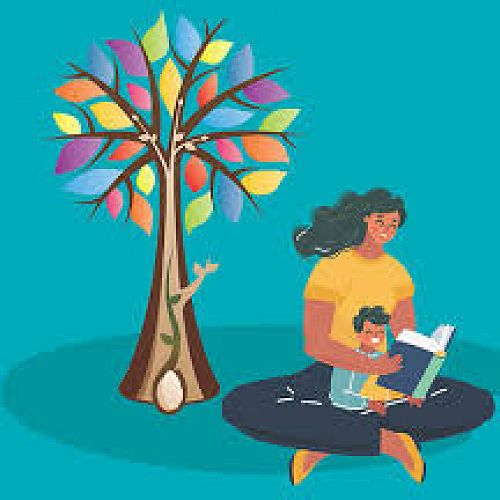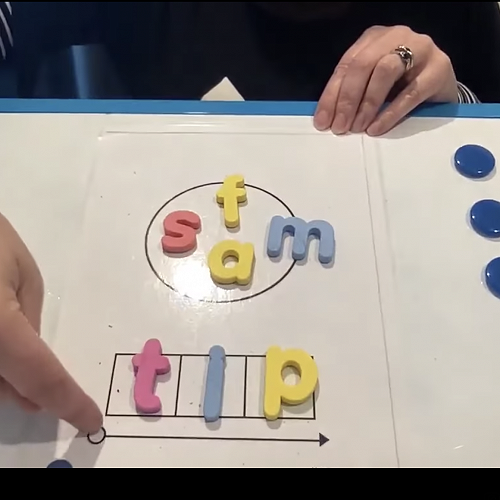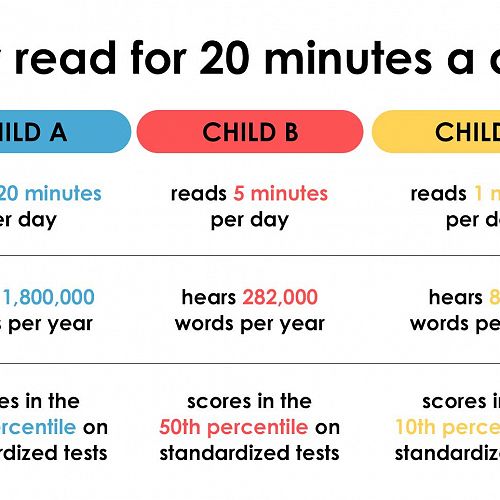Structured Literacy at PPS
At Papanui Primary we are beginning to implement a structured approach to literacy with the aim to raise learner achievement and increase teacher knowledge. A Structured Literacy approach is a highly explicit and systematic way of teaching all important components of literacy. These components include both foundational skills (e.g., decoding (reading), spelling, handwriting and letter formation) and higher-level literacy skills (e.g., reading comprehension, written expression).
Visit this article







